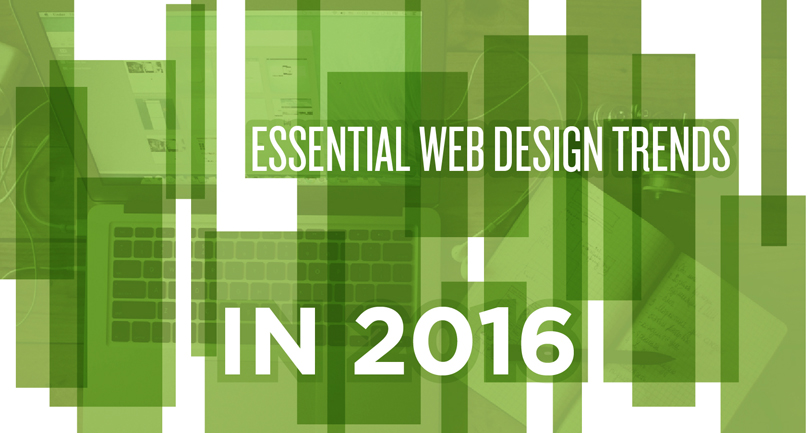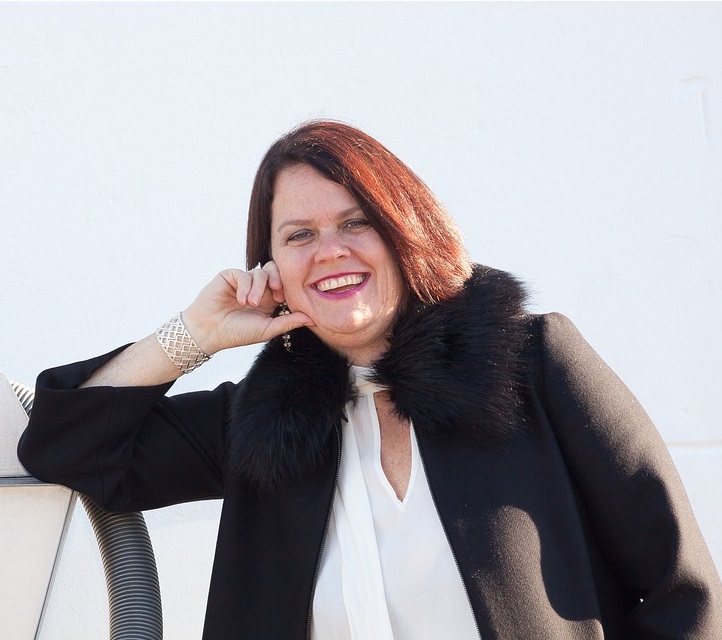
Guest post by Mary Frenson
If you are involved in web design, then you already know how important it is to keep up with current trends. Design moves fast, and if you design a website that was fashionable 5 years ago now, it would look like a dinosaur.
Make sure that you pay attention to these web design trend predictions, as they are built on knowledge of how the industry is already developing. Start working them into your projects now, and reap the brownie points later in the year when your work ends up being on trend by release date.

Storytelling through design
This is a key element which we can already see in plenty of websites, even though it is very difficult to integrate in a way that isn’t clunky. You have to be very careful with this one, and it requires a high degree of interactivity. Rather than just loading a home page, now brands are looking to draw customers in with a story – see the graphic novel created by Peugeot as an example.
Custom illustrations
Simple icons are a thing of the past, and now it is all about individuality through illustration. Hand drawn designs will bring websites to life, adding that layer of humanity and also keying into the storytelling element. For bonus points, have a graphic artist create custom versions of social media icons. The rougher the better – they don’t want to look smooth and slick anymore. Instead, tie everything into a central theme which is repeated in the illustrations.
Unique grids
Sticking to straight lines is boring. Off-centre designs are the new big thing, with boxes containing each element on the page lined up outside of the normal grid pattern. You can even stack elements with overlapping corners and bring them to the forefront with a mouseover. Head to Curious Space or flick through the pages of Clash Magazine for classic examples.
Cinemagraphs
Forget embedded videos, they take up too much bandwidth. GIFs are so 2 years ago. Cinemagraphs are the new focus, and they’re so popular right now. This design technique creates a mostly still image with one focal area of movement. It’s a subtle difference to the GIF which makes this a much more appealing and artistic design. Use them to highlight products or services in an innovative way.

Parallax
If you aren’t using parallax yet, you should be. This technique involves having the background and the other elements of the website moving at a different speed, giving the impression of depth. At its most simple, it’s a solid background with everything else moving on scroll. At its most complex, it can turn a website into a piece of art – and an immersive experience. More and more devices are getting better at handling parallax, so now is the time to start using it.
Split content
Imagine a page with a split right down the middle. On one side, visuals. On the other, scrolling text. This could be a reality of website design over the next few months, and it looks set to stay. You will also see a strong trend towards the centre of the screen: it won’t be unusual to have a sticky central object, such as a logo, and content that flows around it on either side. This is the new way to capture the attention with simple, responsive websites, such as brand pages. Every section of the split as you scroll can be designed differently to allow for different aesthetics associated with different types of content. This is a revolution for even simple design tasks.

Mary Frenson is a Marketing Assistant at Checkdirector.co.uk, a new source of information on UK companies. Mary is always happy to share her marketing ideas and thoughts on business issues. In her free time she enjoys handicrafts.





